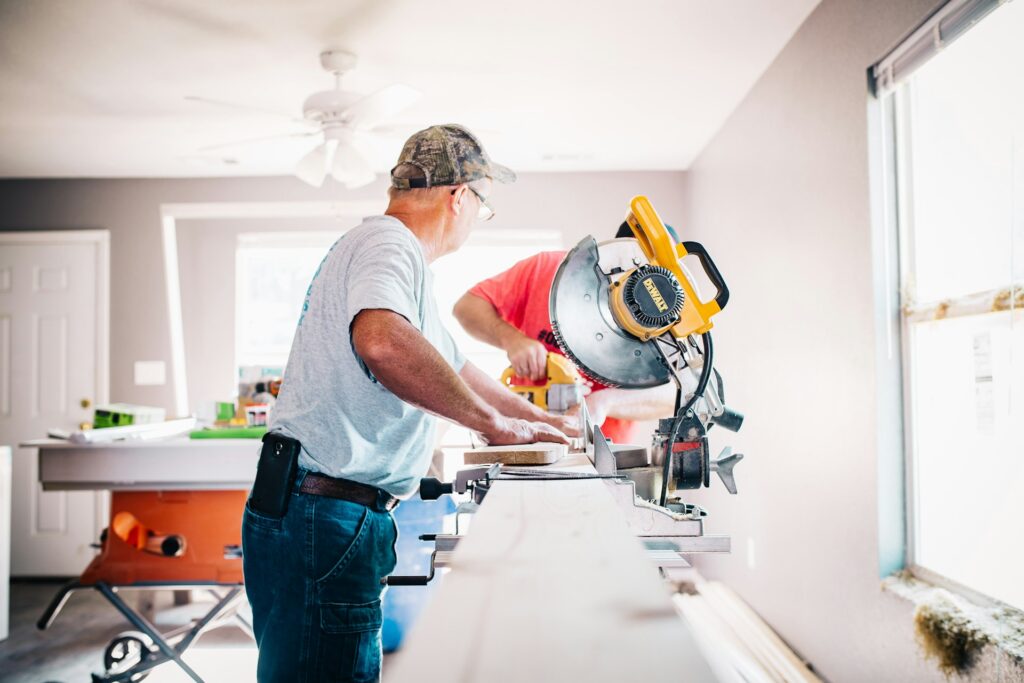In today’s world, where environmental concerns are paramount, finding ways to make our homes more energy-efficient is not just a trend but a necessity. Energy-efficient home improvements not only help save money on utility bills but also contribute to reducing carbon emissions. This comprehensive guide explores various ways homeowners can upgrade their homes to be more eco-friendly and cost-effective.
Why Energy Efficiency Matters
Importance of Energy Conservation
In a world facing energy crises and environmental challenges, energy conservation has become a crucial aspect of sustainable living. By reducing energy consumption, individuals can significantly lower their carbon footprint and contribute to mitigating climate change.
Financial Benefits of Energy Efficiency
Investing in energy-efficient home improvements offers substantial financial benefits in the long run. From lower utility bills to increased property value, homeowners stand to gain financially while also promoting environmental sustainability.
Energy-Efficient Home Improvements
Upgrading to LED Lighting
Switching from traditional incandescent bulbs to energy-efficient LED lighting is a simple yet effective way to reduce energy consumption. LED bulbs consume less electricity and have a longer lifespan, making them a cost-effective lighting solution.
Installing Programmable Thermostats
Programmable thermostats allow homeowners to set specific temperatures for different times of the day, optimizing energy usage. By automatically adjusting heating and cooling settings, these devices help reduce energy waste and lower utility bills.
Enhancing Insulation
Proper insulation is essential for maintaining a comfortable indoor temperature while minimizing energy loss. Investing in high-quality insulation for walls, floors, and attics can significantly improve energy efficiency and reduce heating and cooling costs.
Upgrading to Energy-Efficient Appliances
Replacing old, inefficient appliances with Energy Star-rated models can lead to significant energy savings. Energy-efficient appliances consume less electricity or water while providing the same level of performance, making them an excellent investment for environmentally conscious homeowners.
Installing Solar Panels
Harnessing solar energy through the installation of solar panels is a sustainable way to power homes while reducing reliance on fossil fuels. Solar panels convert sunlight into electricity, offering a renewable energy source that can significantly lower utility bills over time.
Implementing Smart Home Technology
Smart home devices, such as smart thermostats, lighting controls, and energy monitoring systems, allow homeowners to optimize energy usage and reduce waste. By integrating these technologies into their homes, individuals can achieve greater energy efficiency and convenience.
Sealing Air Leaks
Identifying and sealing air leaks in windows, doors, and ductwork is essential for preventing energy loss and maintaining indoor comfort. Weather-stripping, caulking, and insulation can help seal gaps and cracks, improving energy efficiency and reducing heating and cooling costs.
Investing in Energy-Efficient Windows
Replacing old, drafty windows with energy-efficient models can significantly enhance the insulation of a home. Energy-efficient windows feature advanced glazing technologies and insulating materials that minimize heat transfer, resulting in lower energy consumption and improved comfort.
Adopting Sustainable Landscaping Practices
Incorporating sustainable landscaping practices, such as planting native species, installing rain gardens, and using permeable paving, can help reduce water consumption and minimize environmental impact. By creating a more eco-friendly outdoor environment, homeowners can contribute to energy conservation and biodiversity preservation.
FAQs
1.How much can I save by making my home more energy-efficient?
By implementing energy-efficient home improvements, homeowners can save anywhere from 10% to 30% on their annual utility bills, depending on the extent of the upgrades.
2. Are there any government incentives available for energy-efficient upgrades?
Yes, many governments offer incentives, such as tax credits and rebates, to encourage homeowners to invest in energy-efficient upgrades. Check with your local authorities or energy providers to see what programs are available in your area.
3. What are some low-cost energy-efficient improvements I can make?
Simple measures like sealing air leaks, adding insulation, and switching to LED lighting are low-cost yet effective ways to improve energy efficiency in your home.
4. How long does it take to recoup the investment in energy-efficient upgrades?
The payback period for energy-efficient upgrades varies depending on factors such as the cost of the improvements, energy savings achieved, and local utility rates. In many cases, homeowners can recoup their investment within a few years through lower utility bills.
5. Will energy-efficient upgrades increase the resale value of my home?
Yes, energy-efficient upgrades can enhance the resale value of a home by making it more attractive to potential buyers. Energy-efficient features are increasingly sought after in the real estate market and can contribute to a higher selling price.
6. Can renters benefit from energy-efficient improvements?
While renters may not have control over major upgrades like solar panel installation, they can still benefit from energy-efficient improvements like LED lighting, programmable thermostats, and sealing air leaks, which can help reduce utility bills and improve comfort.
Conclusion
Investing in energy-efficient home improvements is a smart choice for homeowners looking to save money, reduce their environmental impact, and create a more comfortable living environment. By implementing these practical solutions, individuals can take meaningful steps towards a greener future while enjoying the financial benefits of energy conservation.

